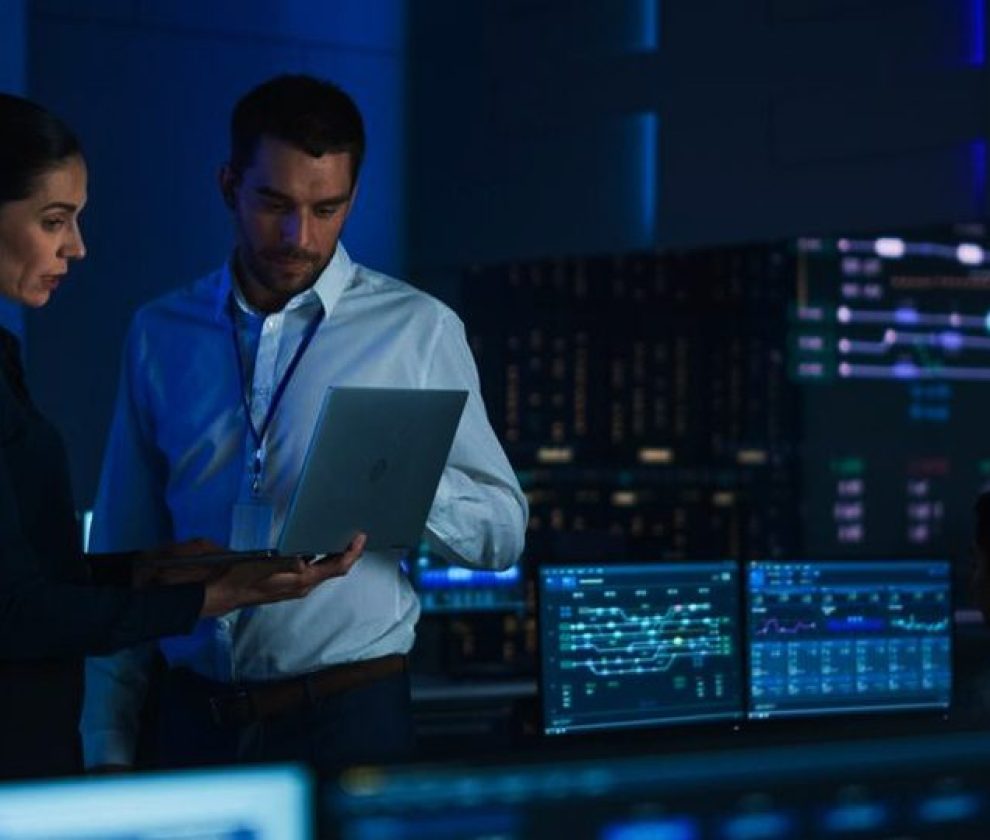In today’s digital age, where technology is an integral part of our lives, cybersecurity has become a paramount concern. From protecting sensitive data to safeguarding critical infrastructure, the need for robust cybersecurity solutions has never been greater. One crucial aspect of staying ahead in this cyber arms race is the continuous evolution and innovation in cyber lab setups.
The Role of Cyber Labs:
Before we delve into the advancements, let’s understand the significance of cyber labs. These specialized environments serve as the testing grounds for developing, analyzing, and fine-tuning cybersecurity solutions. They provide an isolated and controlled environment where security experts can simulate real-world cyber threats, assess vulnerabilities, and test defensive strategies without risking actual systems.
Advancement 1: Realistic Attack Simulation
Traditionally, cyber labs have relied on scripted scenarios and known attack patterns. However, modern cyber labs are incorporating artificial intelligence (AI) and machine learning (ML) to create dynamic, adaptive, and realistic attack simulations. These simulations mimic the behavior of sophisticated cyber adversaries, providing a more accurate testing environment.
Advancement 2: Threat Intelligence Integration
To anticipate and counter emerging threats, cyber labs are increasingly integrating threat intelligence feeds. These feeds provide real-time data on known vulnerabilities, ongoing attacks, and emerging trends, allowing cybersecurity professionals to proactively adjust their defenses.
Advancement 3: Cloud-Based Cyber Labs
The shift to cloud computing has also impacted cyber labs. Cloud-based cyber labs offer scalability, flexibility, and cost-effectiveness. They allow cybersecurity teams to access lab resources remotely, collaborate seamlessly, and rapidly deploy and test security solutions across different cloud environments.
Advancement 4: Cyber-Physical Integration
As cyber threats extend beyond digital boundaries into the physical world (e.g., IoT device vulnerabilities), cyber labs are evolving to include cyber-physical integration. This means testing security measures for both digital and physical assets, ensuring comprehensive protection.
Advancement 5: Automation and Orchestration
Automation and orchestration tools are revolutionizing cyber lab setups. These tools streamline repetitive tasks, accelerate incident response, and allow cybersecurity professionals to focus on higher-level analysis and decision-making.
Conclusion:
In the ever-evolving landscape of cybersecurity, staying ahead of cyber threats is a constant challenge. Cyber lab setups, with their innovative advancements, play a pivotal role in preparing cybersecurity professionals for the challenges of tomorrow. By embracing realistic attack simulations, threat intelligence, cloud technologies, cyber-physical integration, and automation, these labs are arming the defenders of cyberspace with the tools and knowledge needed to safeguard our digital world.
As cyber threats continue to evolve, the importance of cyber lab advancements cannot be overstated. They empower cybersecurity professionals to develop cutting-edge defenses and protect the digital assets we rely on daily.
Stay tuned for more updates on the exciting world of cybersecurity and cyber lab advancements!



